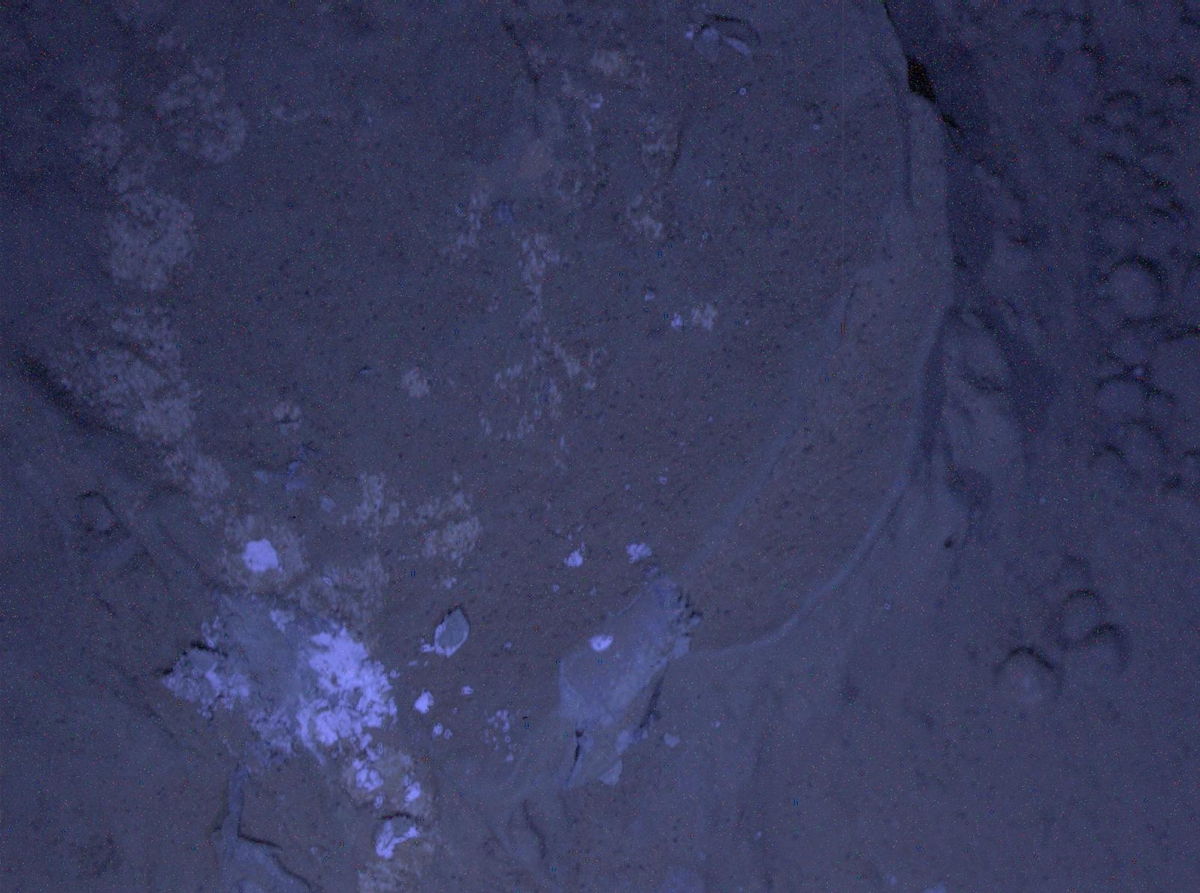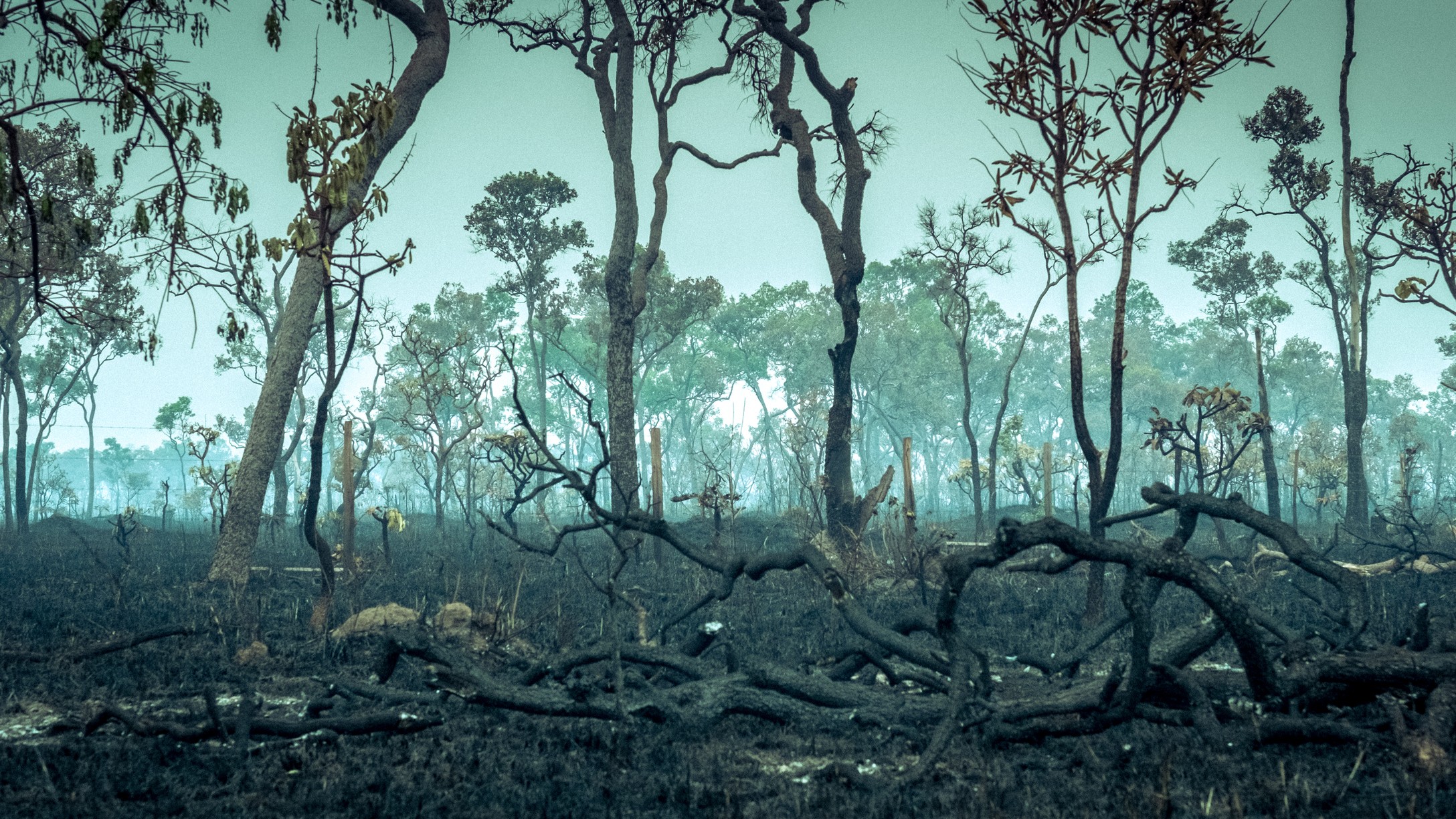Curiosity Rover Snaps 1st Photos of Mars at Night

NASA's Mars rover Curiosity has captured its first nighttime view of the Red Planet using a camera and ultraviolet light on its robotic arm.
Curiosity snapped the Mars night photos in visible and ultraviolet light on Wednesday (Jan. 22) to take an up-close look at a rock called "Sayunei," which the rover had scuffed with a wheel to scratch off surface dust, NASA announced Thursday. One goal was to seek out any fluorescent minerals, they added.
The rover took the photos with the help of small light-emitting diodes (LEDs) that serve as lights for the Mars Hand Lens Imager — or MAHLI — a microscope-like camera at the end of Curiosity's robot arm. The camera has an adjustable focus and several LED light sources for its Martian photography.
"The purpose of acquiring observations under ultraviolet illumination was to look for fluorescent minerals," MAHLI principal investigator Ken Edgett of Malin Space Science Systems in San Diego, Calif., said in a statement Thursday. "These data just arrived this morning. The science team is still assessing the observations. If something looked green, yellow, orange or red under the ultraviolet illumination, that'd be a more clear-cut indicator of fluorescence."
The MAHLI camera is one of 10 science instruments on Curiosity, which is a car-size rover capable of examining the surface of Mars in unprecedented detail.
Curiosity is currently exploring a shallow depression on Mars that mission scientists have named Yellowknife Bay. The nighttime photo target Sayunei is near the site of where the rover is expected to use its drill for the first time on Mars.
The $2.5 billion Mars rover Curiosity landed inside the vast Gale Crater on Aug. 5 to begin a two-year primary mission aimed at determining if the region could have ever supported microbial life. After leaving Yellowknife Bay, the rover will continue on toward a destination called Glenelg, which is located near the base of a 3-mile (5 kilometers) mountain rising up from the center of Gale Crater.
Get the world’s most fascinating discoveries delivered straight to your inbox.
This story was provided by SPACE.com, a sister site to Live Science. You can follow SPACE.com Managing Editor Tariq Malik on Twitter @tariqjmalik. Follow SPACE.com for the latest in space science and exploration news on Twitter @Spacedotcom and on Facebook.

Tariq is the editor-in-chief of Live Science's sister site Space.com. He joined the team in 2001 as a staff writer, and later editor, focusing on human spaceflight, exploration and space science. Before joining Space.com, Tariq was a staff reporter for The Los Angeles Times, covering education and city beats in La Habra, Fullerton and Huntington Beach. He is also an Eagle Scout (yes, he has the Space Exploration merit badge) and went to Space Camp four times. He has journalism degrees from the University of Southern California and New York University.





